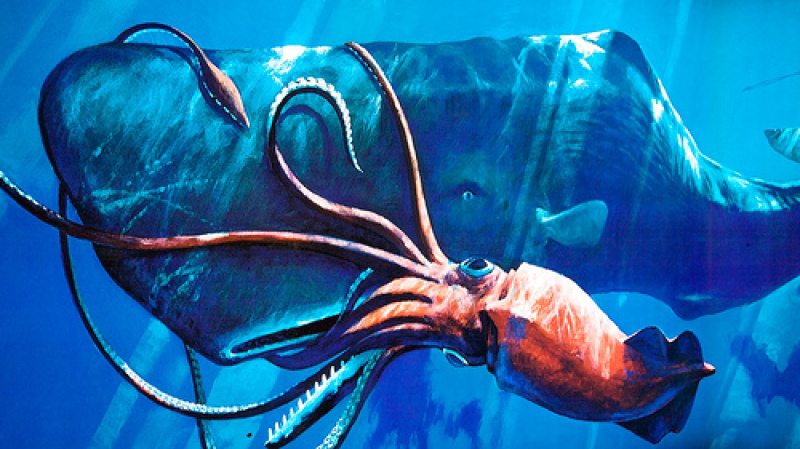
A recent study conducted by marine researchers revealed that people tend to exaggerate the actual sizes of some of the ocean's largest animals, Live Science reported.
The researchers noted that the sizes of sharks, giant squids and whales reported through popular media outlets are larger compared to actual scientific data.
The study was led by Craig McClain, a marine biologist from North Carolina's National Evolutionary Synthesis Center.
For their research, McClain and his team created a database by comparing pieces of information collected by scientific organizations and the media. According to researchers, mainstream media reports tend to focus on the largest possible size that these animals can reach.
For example, McClain pointed out that some reports indicate that the giant squid can grow up to 60 feet in length. However, based on scientific data, this animal only has an average size of 40 feet.
In similar cases, people have been told by various media reports that whale sharks have a length of 65.6 feet. Researchers, on the other hand, noted that its actual size is only 61.7 feet.
McClain explained that the exaggeration can be attributed to the media's focus on the largest possible size that marine animals can attain. However, the biologist emphasized that in most cases, animals only grow to enormous sizes due to genetic defects.
In short, these gigantic animals do not represent the healthy population of their species.
"The focus of the popular media and, to a lesser extent, the scientific literature is often the largest individuals of the largest species in the ocean," the researchers wrote in the study.
"However, these individuals may reach these extraordinary large sizes through developmental or genetic defects and may not represent the healthiest or, in evolutionary terms, the fittest," they added.
Another possible reason as to why the recorded sizes of animals are wrong is due to outdated information. Some records still being used today came from the 1960s and 1970s, according to the National Geographic.
Since scientists lacked the proper tools and methods to take measurements of animals during that time, most of them relied on estimates only.



















